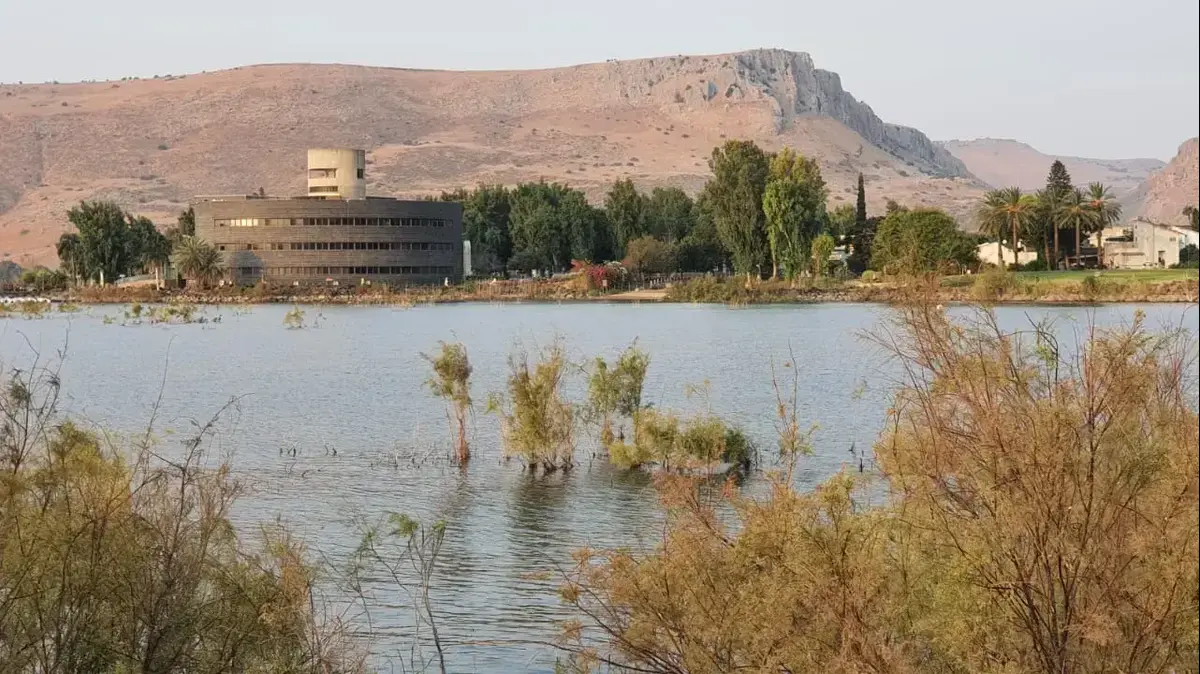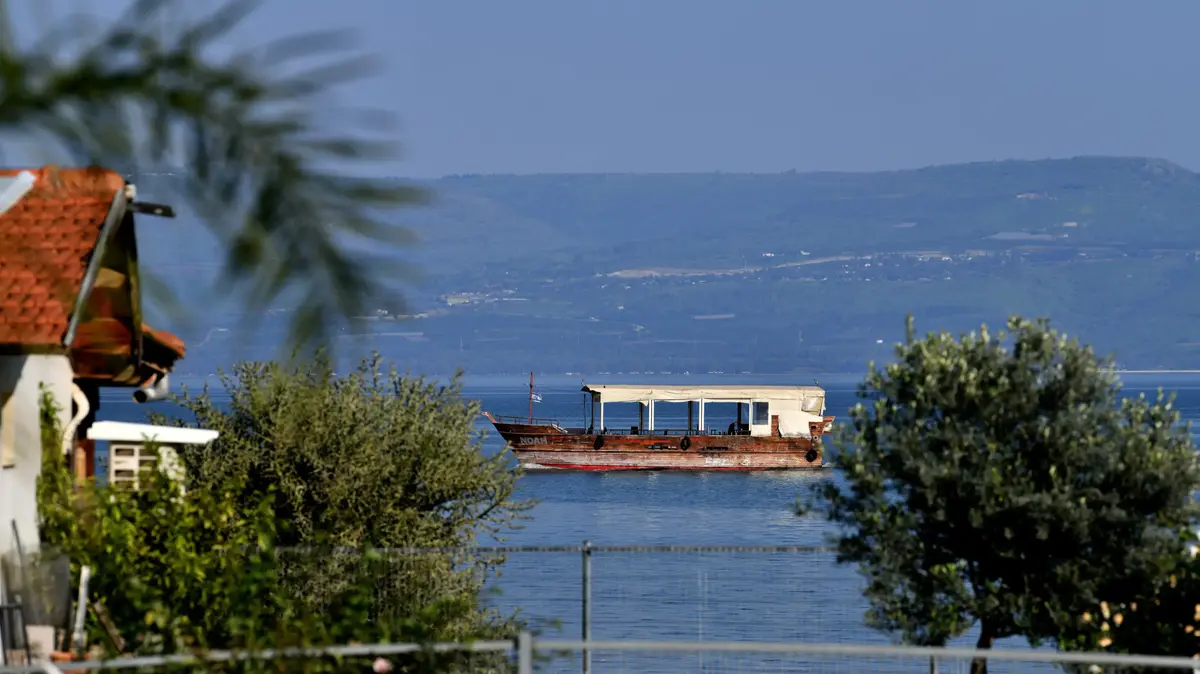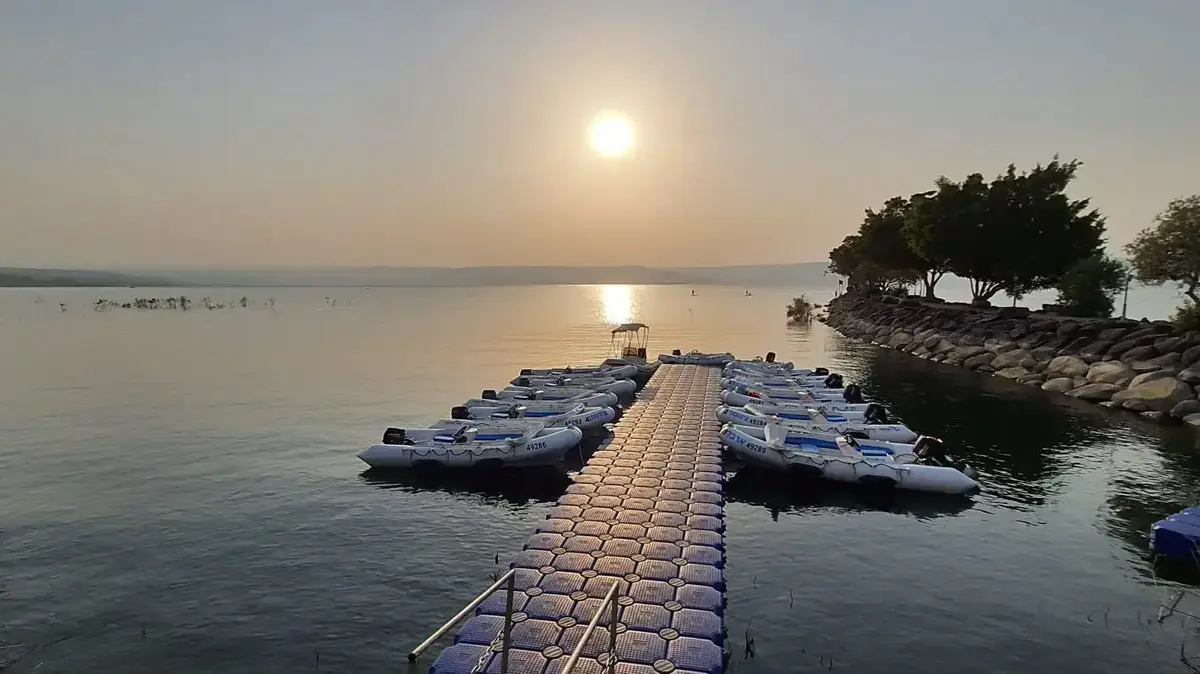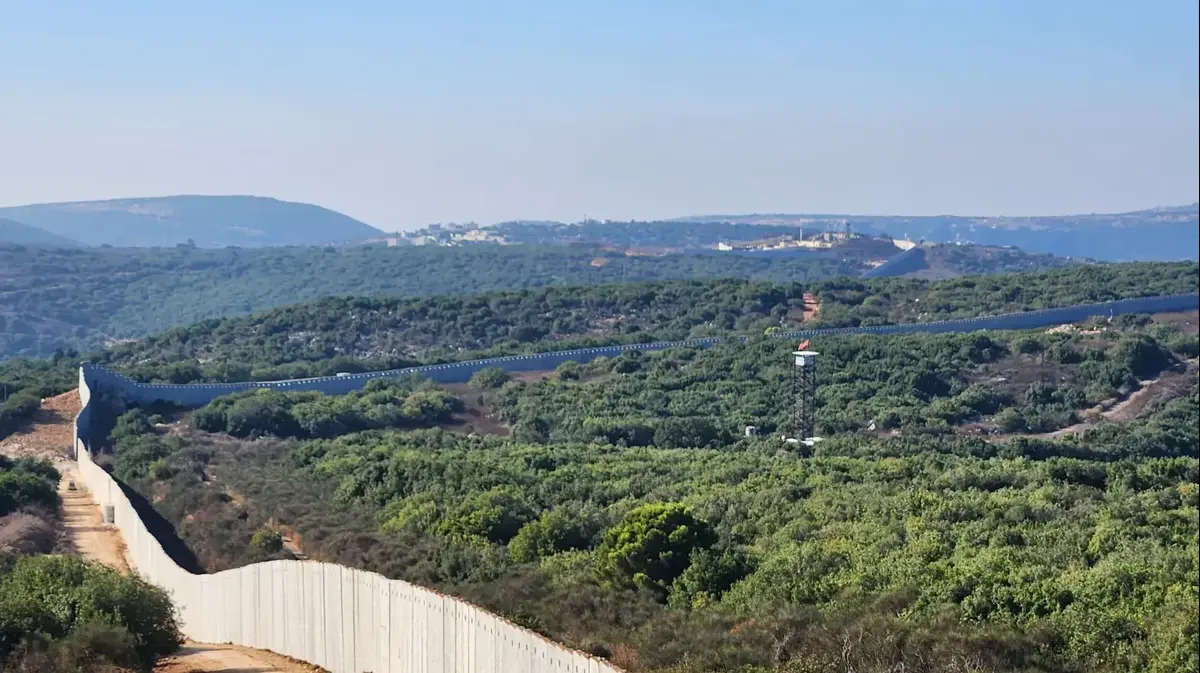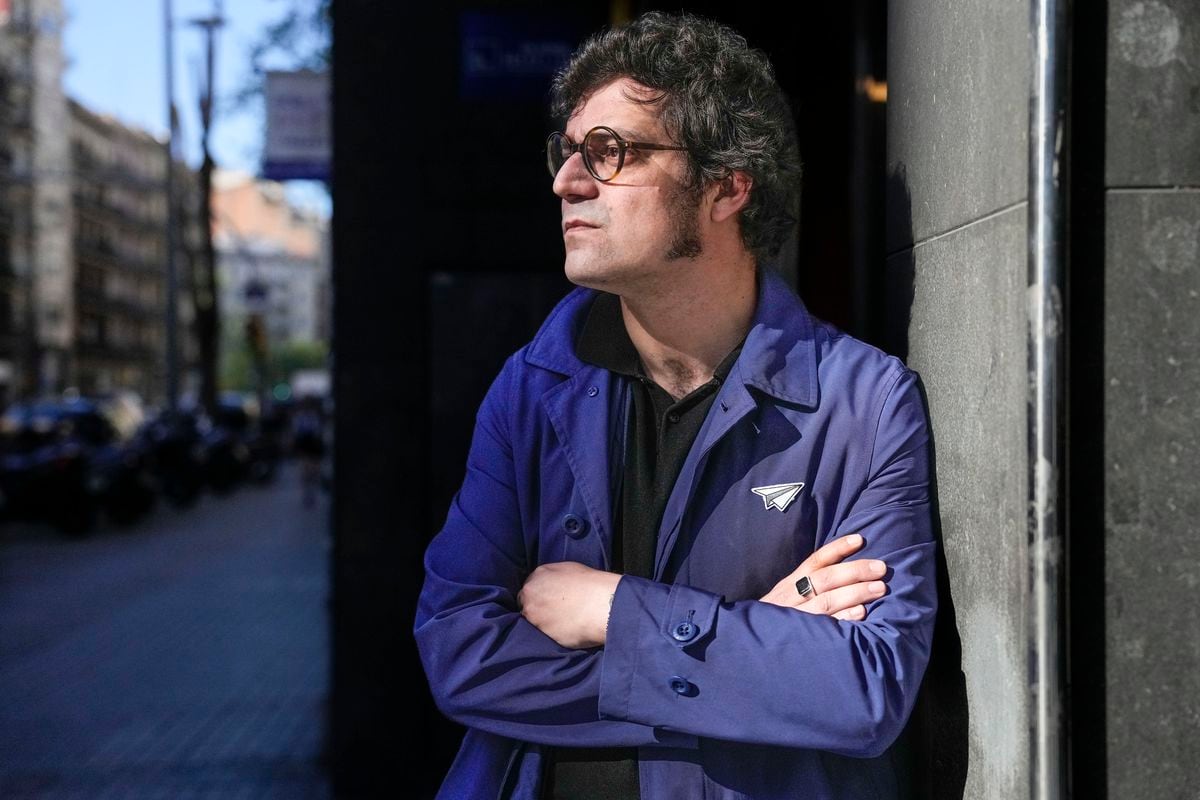news
Science and environment
Nature and the environment
The Essie effect?
The new destination for travelers - the shores of the Sea of Galilee bordering the kibbutzim
Under the auspices of the Corona virus, many travelers choose to vacation in Israel - including 2.85 million who have visited the shores of the Sea of Galilee since the beginning of the year.
Many of them choose to bathe on the undefined beaches, some of which are inside kibbutzim, which is controversial among the residents.
"We accept this reality and do not intend to confront"
Tags
The Sea of Galilee
Hassi River
Kibbutzim
Eli Ashkenazi
Saturday, September 25, 2021, 2:22 p.m.
Share on Facebook
Share on WhatsApp
Share on general
Share on general
Share on Twitter
Share on Email
0 comments
Biden: "Booster Packs Will Be Accessible and Free"
German elections: Greta Thonberg leads a crisis protest ...
A 12-year-old boy was fatally injured in a fire that broke out in his home in Petah Tikva
Suspected murder: A 30-year-old man was shot dead in Be'er Sheva
A 6-year-old boy was seriously injured by gunfire at a car in Umm al-Fahm ...
Following the FDA decision: Vaccines in Tel Aviv
Abbas at the UN General Assembly: Give Israel a year to withdraw from the territories ...
Documentation of murder in Haifa 24.09.21
Twelve-year-old Barak Khoury was run over to death on his way to his friend: "He survived ...
The war on crime in the Arab sector: Police raid houses of ...
Yaffa Ben David on the corona approvals at the school: principals are not ...
With guns drawn: The night of the onslaught on Congress ...
In the video: A path around the Sea of Galilee allows access to the beaches that are within the kibbutzim (Photo: Reuven Castro)
Recently, members of the kibbutzim surrounding the Sea of Galilee are watching, some with concern, more and more vacationers and hikers who come to bathe on the beaches bordering the kibbutzim. "I am afraid that what happened to Assi will happen on the beach in our kibbutz," he told Walla! A member of a kibbutz located on the lake.
On the other hand, another kibbutz member believes that "there is no fear that what happened to Assi will happen to us, because we accept this reality and do not intend to confront it. We understand that the coastal strip belongs to the general public and its right to pass through it." However, he clarified that the same right does not confer a right to bathe in water, because bathing on the shores of the Sea of Galilee, as on any other beach in Israel, is permitted only on declared beaches. "First, it's a danger. Families come to bathe here, but there is no lifeguard. First of all, it's dangerous."
The phenomenon arose, among other things, following the breaking of a path around the Sea of Galilee.
A member of the kibbutz clarified that "the purpose of the trail around the Sea of Galilee was to walk along the water line. Once a family arrives at the beach to rest throughout the day they need cleaning services, wardrobes, first aid and more. All these services are not provided here. We have to clean at the end of the day."
1/4 (Photo: Reuven Castro)
Yehoshua Mozat, director of the community in Ein Gev, said that the issue of bathing in the coastal section concerns the kibbutz a lot, and that a dedicated team has even been appointed for the issue.
"We strive for balance," Mozett said.
"On the one hand, to respect the public's right to cross the coast, and on the other hand, to allow the right of kibbutz members to peace and privacy."
He noted that various actions had been taken and agreements had been reached, which both the kibbutz members and the general public respected.
However, he admitted that the residents who live close to the beach face the challenge of hundreds of bathers who are near their yards every weekend.
In Ein Gev he appointed "beach trustees" and at the end of each week dirt was collected left over from the vacationers who were leaving.
"The beach is not a declared beach and no services are provided, as in regulated beaches," he said.
"We do not have the tools to regulate the issue. Sometimes I hear on the radio that regulated beaches are closing because they have reached full occupancy. We have no such thing."
More on the same subject
The court ruled in the fight against Hasi: the needs of the residents and the petitioners must be balanced
To the full article
"Loss of public ownership".
Blockade near the Sea of Galilee (Photo: Eli Ashkenazi)
The idea was born 18 years ago.
Section of a path around the Sea of Galilee (Photo: Eli Ashkenazi)
The idea of breaking the path around the Sea of Galilee was born in the Society for the Protection of Nature 18 years ago, as part of their struggle for "returning the Sea of Galilee to the public." The campaign gained momentum after the publication of the State Comptroller's report in 2005, which revealed that most of the shores of the Sea of Galilee were fenced off illegally and with the eyes of the authorities closed. Following the publication of the report, Nir Papai, then the beaches coordinator at the Society for the Protection of Nature, said that "on the shores of the Sea of Galilee there are various manifestations of the loss of public ownership of the beach," and that "many times a process of 'loss of public ownership' occurs." The process of breaking the path in those days was a step taken against this situation and in an attempt to change reality. In retrospect, it can be said that the same project was one of the catalysts for public and legislative activity to regulate the beaches and open them to the public.
At the beginning of 2007, the Israeli government approved a plan for a route around the Sea of Galilee, which will allow the construction of a continuous path for walking and cycling along the shores of the Sea of Galilee, within 50 meters of the upper waterline and as close to it as possible.
The trail preceded by a year and a half the law regulating the shores of the Sea of Galilee, which was enacted in 2008. On the weight of Papai's words 15 years ago, it can be said today that in large parts ownership of the Sea of Galilee has returned to the public;
Around the lake there are many beaches that have been arranged and where rescue services, cleaning, medicine and more are provided.
The essential issue of the cost of entering the beaches has also been settled, and on the shores of the Sea of Galilee Authority the payment is for car parking, by the hour.
24-hour parking costs NIS 61.8 per vehicle.
Entrance on foot is free, and in the summer a plant beach is opened, next to which parking is free, after it has been closed and renovated.
The missing sections of a path around the Sea of Galilee
1/3
"We do not have the tools to regulate the issue."
Bathing at Ein Gev Beach (Photo: courtesy of the photographers, Hagai Peleg)
The process of returning the Israeli holiday to the shores of the Sea of Galilee is a success. This year, according to the Kinneret Cities Association, since the beginning of the year, about 2.85 million vacationers have been on the union's beaches, including 1.5 million in July-August. For the sake of comparison, in all of 2020 there were 2.7 million vacationers, and in 2019 - 1.85 million. Of course, the Corona epidemic and restrictions on flights abroad also contributed to the increase in demand for vacations on the shores of the Sea of Galilee
. "These beaches have all the necessary conditions," he said. However, Israeli vacations are not always satisfied with regulated beaches, and many also go to unregulated beaches, some of which are within kibbutzim.
Not all beaches can be accessed - including church beaches, several beaches in the Migdal and Kinneret colonies and most of the beaches of Tiberias, although the latter are included in the route plan around the Kinneret.
In contrast to the ban on construction along the entire path, the plan stipulates that in Tiberias it will be built in the form of a promenade, along which cafes and restaurants will be built.
This decision has not been implemented to date.
Share on Facebook
Share on WhatsApp
Share on general
Share on general
Share on Twitter
Share on Email
0 comments

